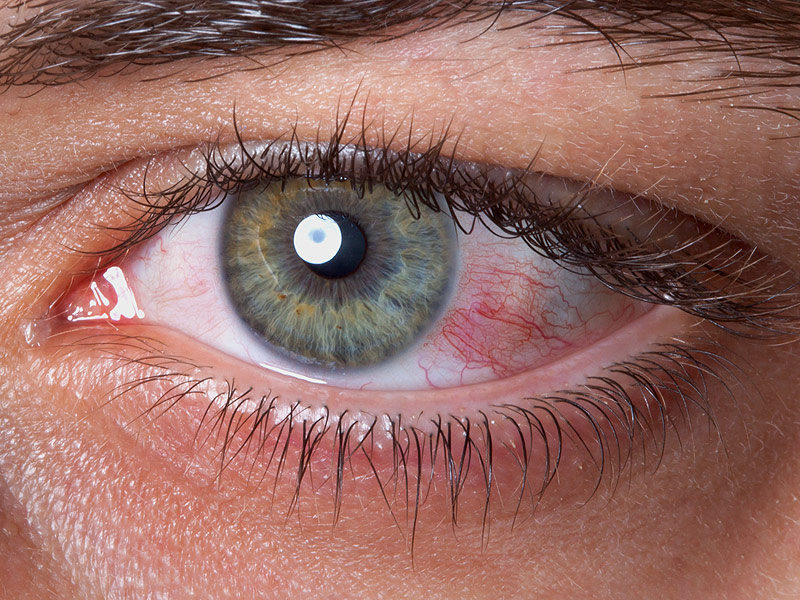
Dry Eye Syndrome
Dry eye syndrome occurs when the eye does not produce enough tears or the composition of tears is abnormal.
The tear film is an essential part for ensuring the overall health of the ocular surface. It cleanses, lubricates and nourishes the surface of the eye as well as protects it against infection. Both the quality and quantity of the tears must be adequate to ensure a healthy and clear refractive surface essential for good vision.
Chronic dry eye can lead to damage of the eye surface, an increased risk of eye infections and blurred vision
Dry Eye Syndrome - Symptoms
- Redness or irritation of the eye
- Foreign body or sandy sensation in the eyes
- Watery eyes which may be due to reflex tearing. The tear properties may be altered in dry eye so that there is insufficient protection of the ocular surface, resulting in irritation and reflex tearing
- Transient blurring of vision
Dry Eye Syndrome - Causes and Risk Factors
What causes dry eye syndrome?
Dry eyes are caused by a lack of adequate tears. Your tears are a complex mixture of three basic layers oil, water and mucus. This mixture helps make the surface of your eyes smooth and clear, to helps protect your eyes from infection. Problems with any of these layers can cause dry eye syndrome.
The outer layer (oil layer) is produced by the meibomian glands that line the edge of the upper and lower eyelids. The water layer is produced by the lacrimal gland located under the orbital rim bone just below the eyebrow. The mucus layer is produced by microscopic goblet cells in the conjunctiva.
For some people, the cause of dry eyes may be due to an imbalance in the composition of their tears, or they do not produce enough tears to keep their eyes comfortably lubricated. Age, eyelid problems, certain ocular and systemic diseases and medications, and other causes such as environmental factors and hormonal changes can also lead to dry eyes.
Dry Eye Syndrome - Diagnosis
Dry eye syndrome is diagnosed by tests and procedures done in the eye clinic that assess tear stability and amount of tear production. Some patients have very little symptoms.
Dry Eye Syndrome - Treatments
Common treatments of dry eye syndrome include lifestyle changes and the use of eye drops. For more serious cases of dry eyes, surgery may be an option.
Lifestyle changes such as reduced contact lens wear, lowering the height of computer monitors, less exposure to air conditioning and a balanced diet with sufficient Omega 3 lipid components can help.
In cases of mild dry eyes that do not have clinical damage to the ocular surface (staining or keratitis), patients can try to control the condition using over-the-counter medications called lubricants / artificial tears.
Severe dry eye can be treated and help with punctual occlusion or surgery to close the lids.
Disclaimer – Above are just general information and patients are advised to see their Eye Doctors for professional treatment.
